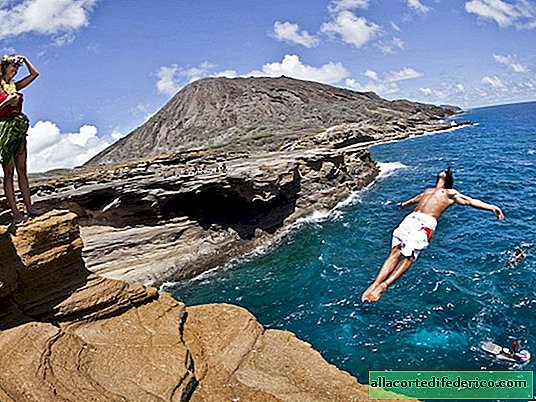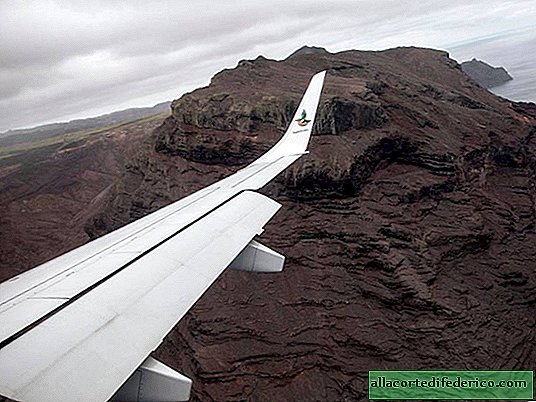Scientists managed to restore the appearance of a resident of Ancient Egypt by his mummy
Scientists have found out how, during his lifetime, an Egyptian dignitary looked like he lived under the rule of the pharaoh of the 18th dynasty of Thutmose III (approximately 1479-1425 BC). To do this, they reconstructed his mummified head. Forensic experts helped researchers.
Rich, noble, with poor health
Of course, he did not do anything “criminal” to Nebiri (that is the name of the dignitary) during his life or after death. Quite the contrary: this is his tomb in the Valley of the Kings in ancient times was plundered, and the body was destroyed. Nibiri himself, apparently, was a very wealthy nobleman who died from chronic heart failure between the ages of 45 and 60 (the first case of this disease recorded by experts).

In the photo: the mummified head of Nebiri
His mummified head - all that remained of him after the looting of the tomb - was found in 1904, it is stored in the Egyptian Museum in Turin. Now Nebiri came back to life thanks to modern forensics. Using methods of computed tomography and facial reconstruction, the researchers were able to recreate in great detail the appearance of the ancient Egyptian.
It turned out that Nebiri was a man with a large nose, wide jaw, straight eyebrows and moderately thick lips.

In the photo: the reconstructed head of Nebiri
As the project managers said, the result is not a work of art or an artistic assumption, but the result of painstaking work based on the latest methods of restoring the face and soft tissues.
Head medicine
All this would have been impossible if it were not for the thorough mummification of the head of Nebiri after death. A chemical analysis of the bandages wrapped around his head showed that they were treated with a complex mixture of animal fat or vegetable oil, balm or aromatic plant, pine resin and pistachio tree.
Researchers called the head of Nebiri "perfect packaging" - so high-quality mummification was carried out. This just could not afford a simple citizen or even a representative of the conditional "middle class". The bandages soaked in a special mixture carefully inserted Nebiiri into the nose, ears, eyes and mouth. Firstly, it protected the head from insects. Secondly, the soaked bandages retained the features of the face and neck.

In the photo: the embalming process in Ancient Egypt
The most interesting thing is that the brain was preserved in the head (usually it was pulled out through the nose and stored in a separate vessel along with the rest of the organs). At the same time, a hole, which usually speaks of brain extraction, is also in the head. However, in the case of Nebiri, on the contrary, bandages were inserted through it to keep the brain even better.

















